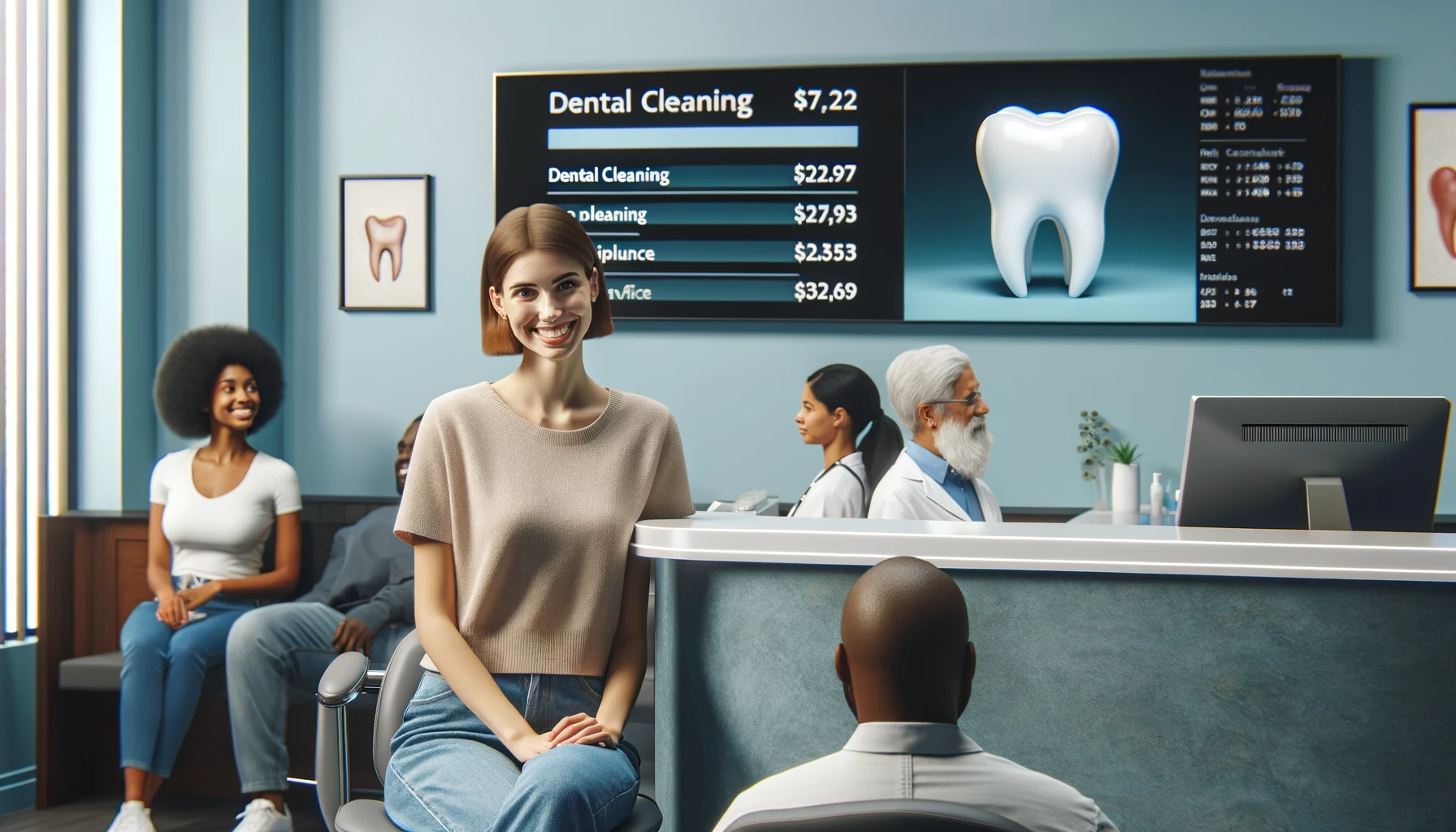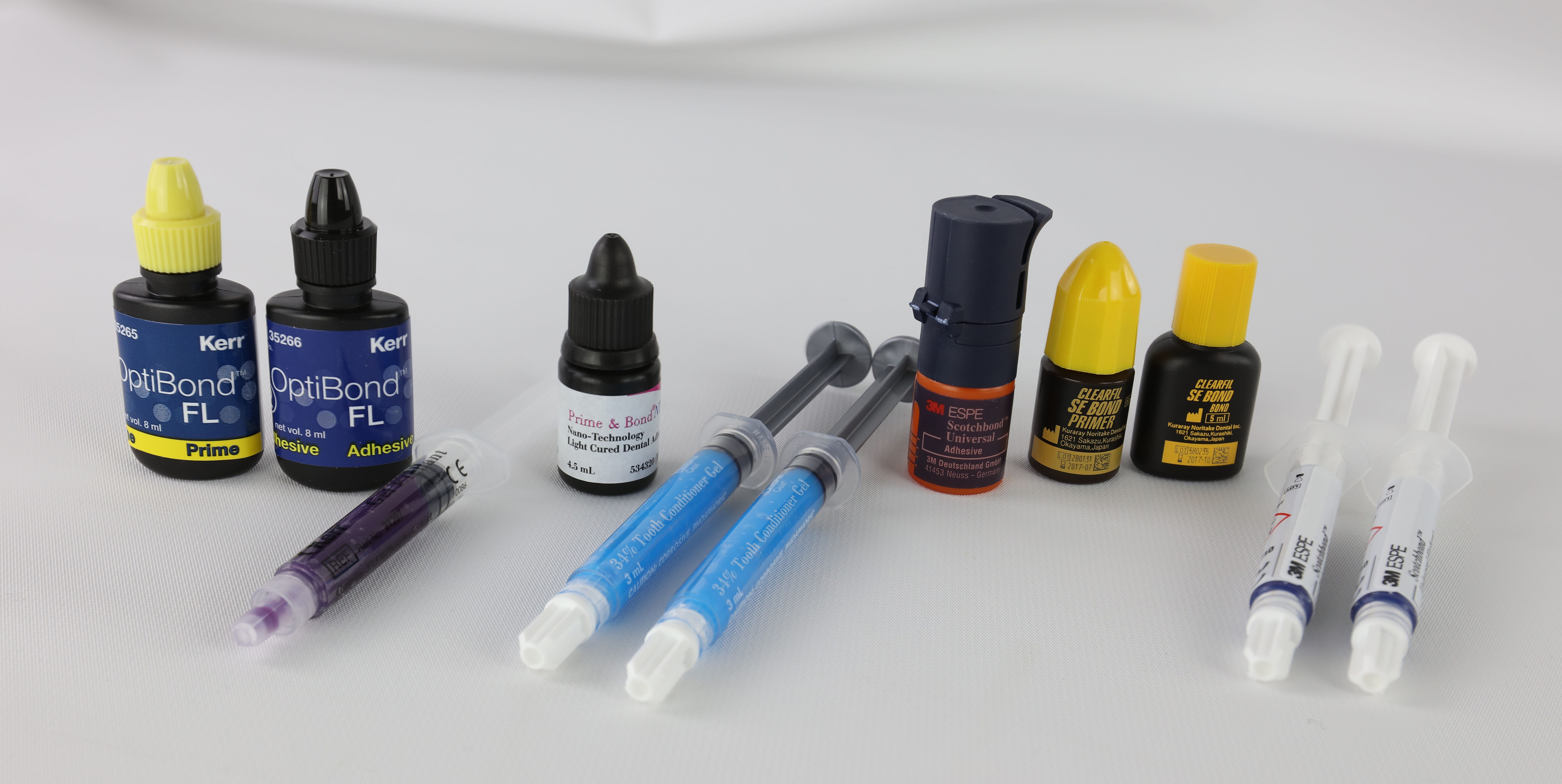Becoming a dentist is a significant commitment that requires years of education and training. For many aspiring dental professionals, one of the first questions they ask is, “How long is dental school?” This article aims to provide a thorough understanding of the educational journey to becoming a dentist, including timelines, requirements, and essential insights into the profession.
The journey to becoming a dentist is not only about acquiring technical skills but also about making a lasting impact on patients’ lives through oral health care. This article will guide you through the various stages of education required to become a dentist, including undergraduate studies, dental school, and any additional training needed for specialization.
2. The Path to Dentistry
2.1 Undergraduate Education
The first step on the path to dentistry is obtaining a four-year undergraduate degree. While there is no specific major mandated for dental school admission, many students choose science-related fields such as biology, chemistry, or pre-dentistry to meet dental school prerequisites.
Prerequisites for Dental School
To apply for dental school, students must complete certain prerequisite courses, which typically include:
| Course | Description |
|---|---|
| Biology with lab | Fundamental concepts in biological sciences |
| General Chemistry with lab | Basic principles of chemistry |
| Organic Chemistry with lab | Study of carbon-containing compounds |
| Physics with lab | Understanding the principles of physics |
| English | Proficiency in communication |
| Mathematics | Basic mathematical skills |
Maintaining a competitive GPA is crucial for admission into dental programs. According to the American Dental Education Association (ADEA), the average GPAs for accepted dental school applicants in 2021 were 3.47 (science) and 3.55 (overall).
2.2 Dental School Overview
After completing their undergraduate degree, students must enroll in a dental school program that typically lasts four years, leading to either a Doctor of Dental Surgery (DDS) or Doctor of Medicine in Dentistry (DMD) degree. Both degrees provide equivalent education and training.
Curriculum Structure
The dental school curriculum is structured into two main phases:
Basic Sciences (Years 1-2)
- Courses covering anatomy, physiology, microbiology, and specialized dental subjects.
- Hands-on laboratory work designed to develop essential technical skills.
Clinical Practice (Years 3-4)
- Direct patient treatment under the supervision of licensed dentists.
- Rotations through various dental specialties to gain practical experience.
Dental school admission is competitive; during the 2021-2022 application cycle, only 55.3% of applicants were accepted according to ADEA statistics.
2.3 Specialization and Residency
After obtaining their DDS or DMD degree, many dentists opt to specialize in areas such as:
| Specialty | Duration of Residency |
|---|---|
| Orthodontics | 2-3 years |
| Periodontics | 3 years |
| Endodontics | 2-3 years |
| Pediatric Dentistry | 2 years |
| Oral and Maxillofacial Surgery | 4-6 years |
Specialization requires additional training through residency programs that can last anywhere from one to six years, depending on the chosen specialty.
3. Licensing and Certification
To practice dentistry in the United States, aspiring dentists must complete several key steps:
- Pass the National Board Dental Examination (NBDE) Parts I and II.
- Successfully complete a state or regional clinical exam.
- Obtain licensure in the state where they intend to practice.
- Fulfill any state-specific requirements, which may include jurisprudence exams or background checks.
These steps ensure that dentists have the necessary knowledge and skills to provide safe and effective care.
4. Understanding Modern Dentistry
4.1 The Oral Microbiome
Modern dental education places significant emphasis on understanding the oral microbiome—the diverse community of microorganisms residing in the mouth—and its role in oral health.
Imbalances in this ecosystem can lead to issues such as tooth decay and gum disease. By studying the microbiome, dental students learn how to promote oral health through targeted hygiene routines and treatments.
4.2 The Mouth-Body Connection
Additionally, dental schools focus on the mouth-body connection—the relationship between oral health and systemic conditions like heart disease and diabetes. Research shows that poor oral health can contribute to various health issues beyond just cavities and gum disease.
Dentists play a vital role in recognizing these links and improving patients’ overall quality of life through comprehensive care.
5. Cost of Dental Education
The financial investment required for dental education can be significant. Below is a breakdown of estimated costs associated with obtaining a dental degree:
| Expense Type | Estimated Cost (USD) |
|---|---|
| Undergraduate Degree | $40,000 – $200,000 |
| Dental School Tuition | $150,000 – $300,000 |
| Books and Supplies | $5,000 – $10,000 |
| Living Expenses | $15,000 – $25,000 per year |
Overall costs can vary significantly based on factors such as location, type of institution (public vs private), and personal lifestyle choices.
6. Career Outlook for Dentists
According to the U.S. Bureau of Labor Statistics (BLS), employment for dentists is projected to grow by 8% from 2020 to 2030—faster than the average for all occupations. This growth is driven by an aging population requiring more dental services as well as increased awareness about oral health’s importance.
Job Satisfaction
Dentistry offers high job satisfaction due to its blend of patient interaction, technical skill application, and opportunities for specialization or private practice ownership.
7. Conclusion
So how long does it take to become a dentist? On average, it’s an eight-year journey:
- 4 years for an undergraduate degree
- 4 years in dental school
- Additional time for those pursuing specialization
This educational path leads not only to a fulfilling career dedicated to enhancing patients’ oral health but also provides numerous opportunities for personal growth and professional development.
If you are ready to embark on your journey toward becoming a dentist, start by researching undergraduate programs that align with your interests, connecting with mentors in the field, and gaining valuable hands-on experience through shadowing or volunteering opportunities.
Resources
For more information about becoming a dentist or pursuing dental education:














